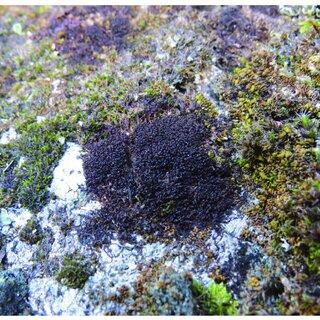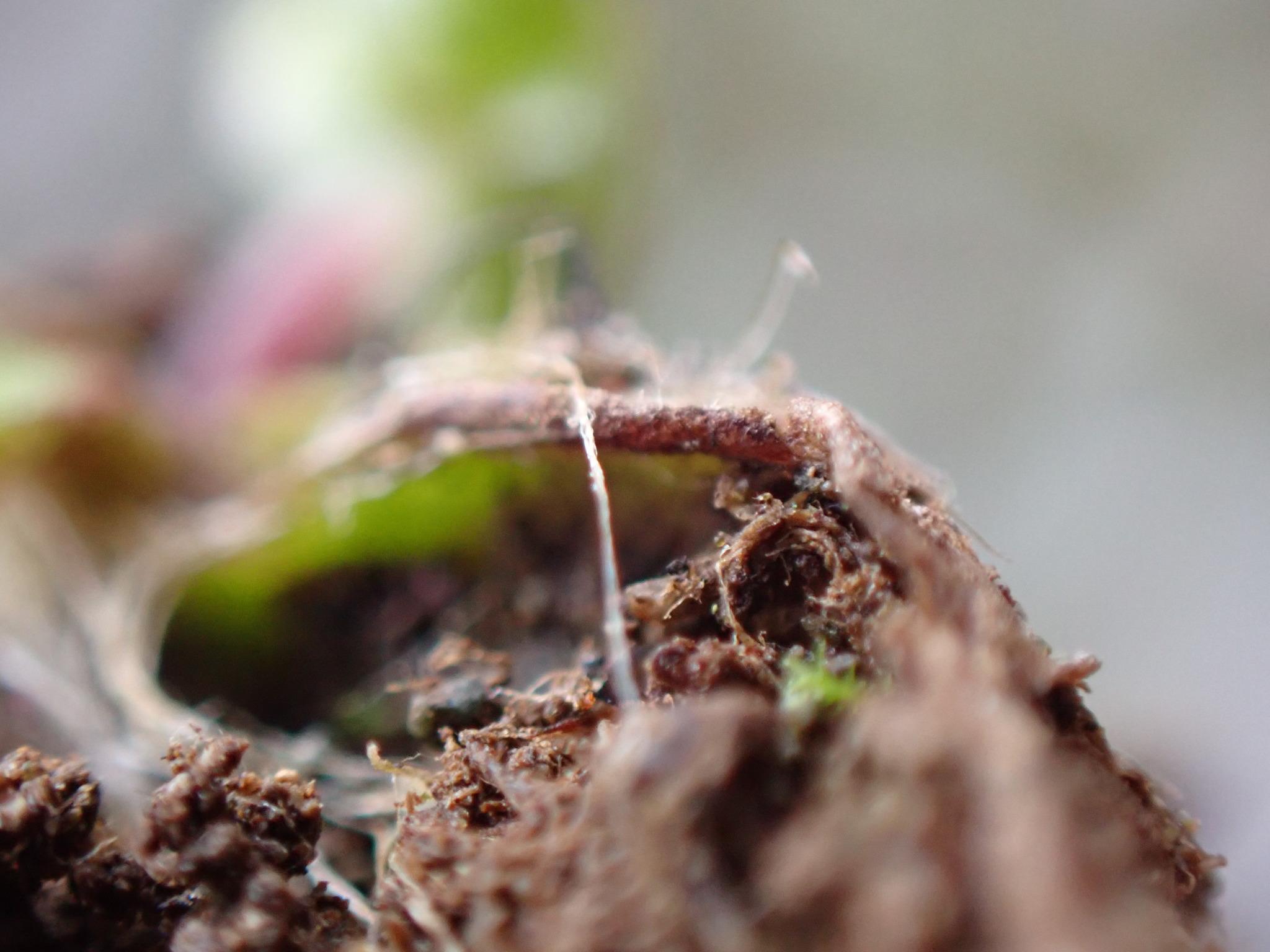
Dry-habit-of-Marsupella-lusitanica-paratype-1-showing-the-characteristic-purplish_Q320.jpg from: https://www.researchgate.net/figure/Dry-habit-of-Marsupella-lusitanica-paratype-1-showing-the-characteristic-purplish_fig2_369603187
Exploring the Fascinating World of Marsupella ramosa Müll.Frib. Moss
Introduction

413147.jpg from: https://inpn.mnhn.fr/espece/cd_nom/6619
Today we’re diving into the captivating realm of Marsupella ramosa Müll.Frib., a unique species of moss belonging to the Gymnomitriaceae family. This tiny but mighty plant plays important ecological roles and boasts some remarkable adaptations. Get ready to learn all about this fascinating moss, commonly known as simply

original.jpeg from: https://www.gbif.org/es/species/2689329
Marsupella!
Background on Marsupella Moss
Marsupella ramosa is a species of leafy liverwort, which are non-vascular plants in the division Marchantiophyta. Liverworts are some of the earliest land plants to evolve over 400 million years ago. There are over 8,000 known species of liverworts found all around the world.
The genus Marsupella contains around 80 accepted species. They are characterized by their unique “marsupium” – a protective pouch that encloses the female reproductive structures. The species name “ramosa” means branched, referring to this moss’ growth pattern.
Morphology and Identification
M. ramosa forms small, dense mats or cushions on its substrate. The shoots are irregularly branched and grow up to 2-3 cm long. Leaves are succubously inserted (the upper edge of each leaf overlaps the lower edge of the leaf above it), bilobed, and typically a dark green color. Oil bodies are present in the leaf cells.
The underleaves are small or absent. Rhizoids are sparse. When present, the marsupium is obovoid and has a wide mouth with a short, lobed involucre.
Identification of Marsupella species often requires microscopic examination of the leaves, underleaves, and reproductive structures. The leaf cell size, oil body characteristics, and spore ornamentation are important diagnostic features.
Global Distribution and Habitat
Marsupella ramosa has a scattered circumboreal distribution, meaning it is found in cooler regions of the Northern Hemisphere. Its range includes:
- Northern and central Europe
- Asia, including Siberia and the Russian Far East
- Northern North America, including Alaska, Canada, and the northern contiguous United States
This moss inhabits various substrates such as soil, rocks, cliffs, and decaying logs in montane to alpine environments. It prefers acidic habitats and is often found near streams, on trail banks, and in snow beds.
Ecological Roles and Adaptations
As a pioneer species, M. ramosa plays a vital role in the early stages of succession by colonizing bare ground and stabilizing soil. Its mats help retain moisture and build up organic matter, paving the way for other plants to establish.
Like other bryophytes, Marsupella mosses also:
- Provide shelter and habitat for micro-organisms and small invertebrates
- Participate in nutrient cycling and biomass production in their ecosystems
- Help regulate moisture and temperature in their immediate environment
Marsupella has evolved several adaptations to thrive in harsh alpine conditions:
- Poikilohydry: Ability to survive desiccation by suspending metabolic activity when water is scarce
- Dark pigments: Protect chlorophyll from intense UV radiation at high elevations
- Freeze tolerance: Withstand subzero temperatures through unique cell chemistry and anatomy
Conclusion
From its intriguing morphology to its ecological significance, Marsupella ramosa Müll.Frib. is a prime example of how even the tiniest organisms can have an outsized impact. The next time you’re hiking in the mountains, keep an eye out for this small but mighty moss! What other secrets might these ancient plants hold?